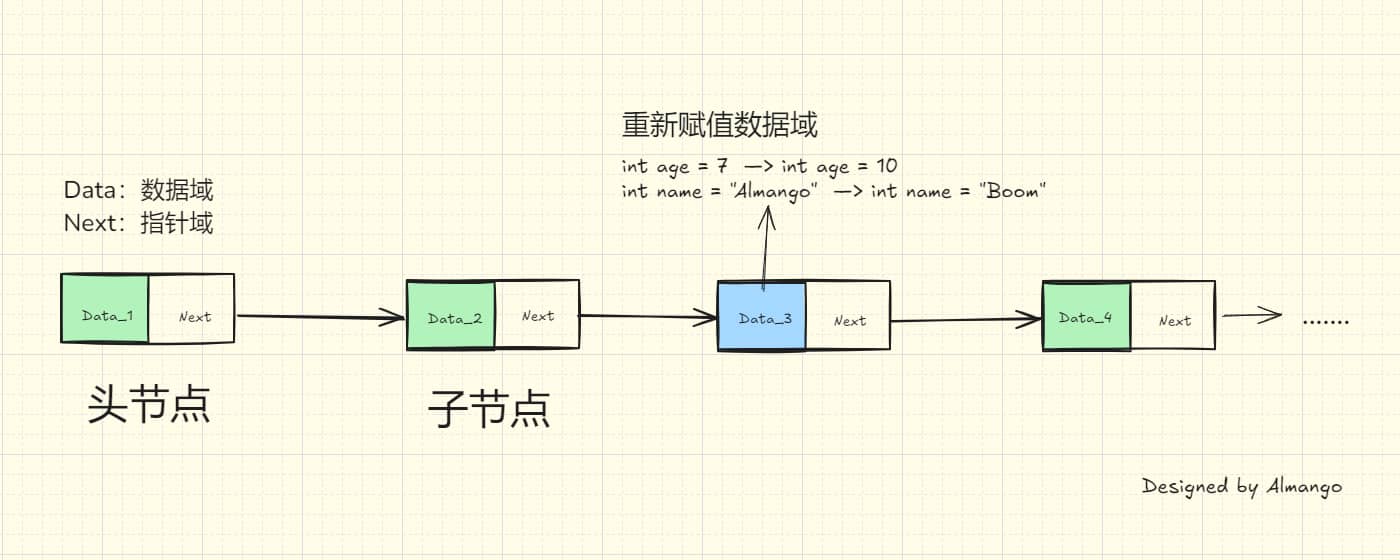C#(CSharp)学习笔记_数组的遍历【十】
输出数组内容
- 一般而言,我们会使用索引来输出指定的内容。
1
2int[] arrayInt = new int[] {4, 5, 2, 7, 9};
Console.WriteLine(arrayInt[3]); - 但这样只能输出指定的索引指向的内容,无法一下子查看数组全部的值。
- 所以我们需要用到遍历方法输出所有元素。
几种常用的遍历方法
1. foreach( )
forach十分适合用作遍历数组,因为语法很简单。
用过Python的都知道,它就相当于是Python语言中的for循环语句,当然,在C#中它也可以算作是一种循环语句。
它的具体流程是将数组内的元素,迭代给临时变量,每执行一次迭代一个元素给临时变量,直到全部迭代完成。
1
foreach (Type in Collection) {}
看下面的案例:
1 | int[] arrayInt = new int[] {4, 5, 2, 7, 9}; |
// 运行结果:
1 | >>>4 |
2. For
- 其实用于遍历的主要就是循环语句。
- for语句我们可以通过编写特定程序,也能够实现遍历。
- 直接看实例吧:
1 | for (int temp = 0; temp < arrayInt.Length; temp++) |
// 运行结果:
1 | >>>4 |
- 其中:.Length是一种方法,用于获取各种容器中的长度。我们通过循环,将索引叠加,直到无法满足大于该长度即可。
3. While
- while遍历数组的原理和for一样,其实没必要用while语句
1 | int[] arrayInt = new int[] {4, 5, 2, 7, 9}; |
// 运行结果:
1 | >>>4 |
本博客所有文章除特别声明外,均采用 CC BY-NC-SA 4.0 许可协议。转载请注明来源 Almango!
评论






